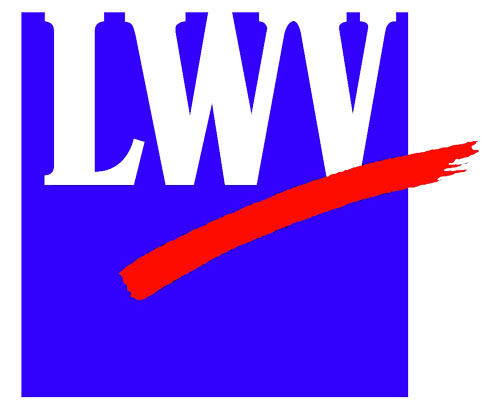Blog
Hear The Untold Story Of Civil Rights

The Civil Rights Acts of 1964 might be something of a miracle even with the dynamism of Dr. Martin Luther King Jr., and the energy of Rev. Ralph Abernathy and the Southern Leadership Conference. Making law out of the Dream, required…wait for it, lobbyists.
Yes, those oft-faceless lobbyists in polished oxfords, clacking through the tiled halls of Congress, glad-handing the powerbrokers. Indeed, those folks we ordinarily love to suspect of buying votes or leveraging unfair access.
“We have a tendency to hide or ignore the challenges of the groups working together,” said Dr. Shamira Gelbman who will present on the extraordiray alliance of lobby organizations in her talk for the last Sunday of Black History Month. The fifty-plus organizations that first formed the Leadership Conference on Civil Rights in the 1950s worked loosely toward the same goals. By the 1960s, getting almost ninety organizations to cooperate and coordinate as one of the most “impressive lobbying campaigns of the 20th Century” took a catalyst, some big personalities, and a shared goal, honed by pragmatism and a touch of rivalry.
The Leadership Conference began with “classic” civil rights organizations like the NAACP, the SCLC (Southern Christian Leadership Conference) and many lobbying organizations including UAW and other labor unions, professional organizations, Catholic and Protestant organizations, the National Jewish Community Relations Board, the Japanese League among others unified as the Leadership Conference. The miracle, or at least breakthrough, was getting them to work together on a day-to-day basis, to share office space, hire dedicated staff, hold weekly meetings, divide work, publish newsletters and mobilize grassroots campaigns. Roy Wilkins of the NAACP and Walter Ruther of the UAW, both central to the Leadership Conference, recognized the catalyst: John F. Kennedy, who had introduced the legislation and for the first time, staked his political survival on achieving its passage.
The study of this uncommon year of cooperation and collaboration fascinated Dr. Gelbman, who wrote her recent book after researching the lobbying and legislative process that brought about the Civil Rights Act of 1964. Dr. Gelbman grew up in Brooklyn, NY, in a diverse neighborhood that co-existed but rarely interacted. Gelbman witnessed the Crown Heights Riots while she was a teenager and began wondering what brings groups into conflict, then into cooperation and coalition. She “geeked out” as she learned the untold story of the lobbyists, some from small organizations without big money, men and women who commited themselves to change for the downtrodden and unwealthy interests of ordinary Americans.
Accompanying Dr. Gelbman’s talk will be a talk by local historian Vicke Swathmore Hudson Swisher about the Civil Rights Era in Montgomery County. They will present at Bethel AME Church on February 27 at 7 pm. This year is the 175th anniversary for Bethel AME, which is not only an active congregation but is also registered as National Historic Place. Everyone is invited. The event is sponsored by Humans United for Equality, the Malcolm X Institute, League of Women Voters, and the Carnegie Museum.
The League of Women Voters is a nonpartisan, multi-issue political organization which encourages informed and active participation in government. For information about the League, visit the website www.lwvmontcoin.org; or, visit the League of Women Voters of Montgomery County, Indiana Facebook page.
